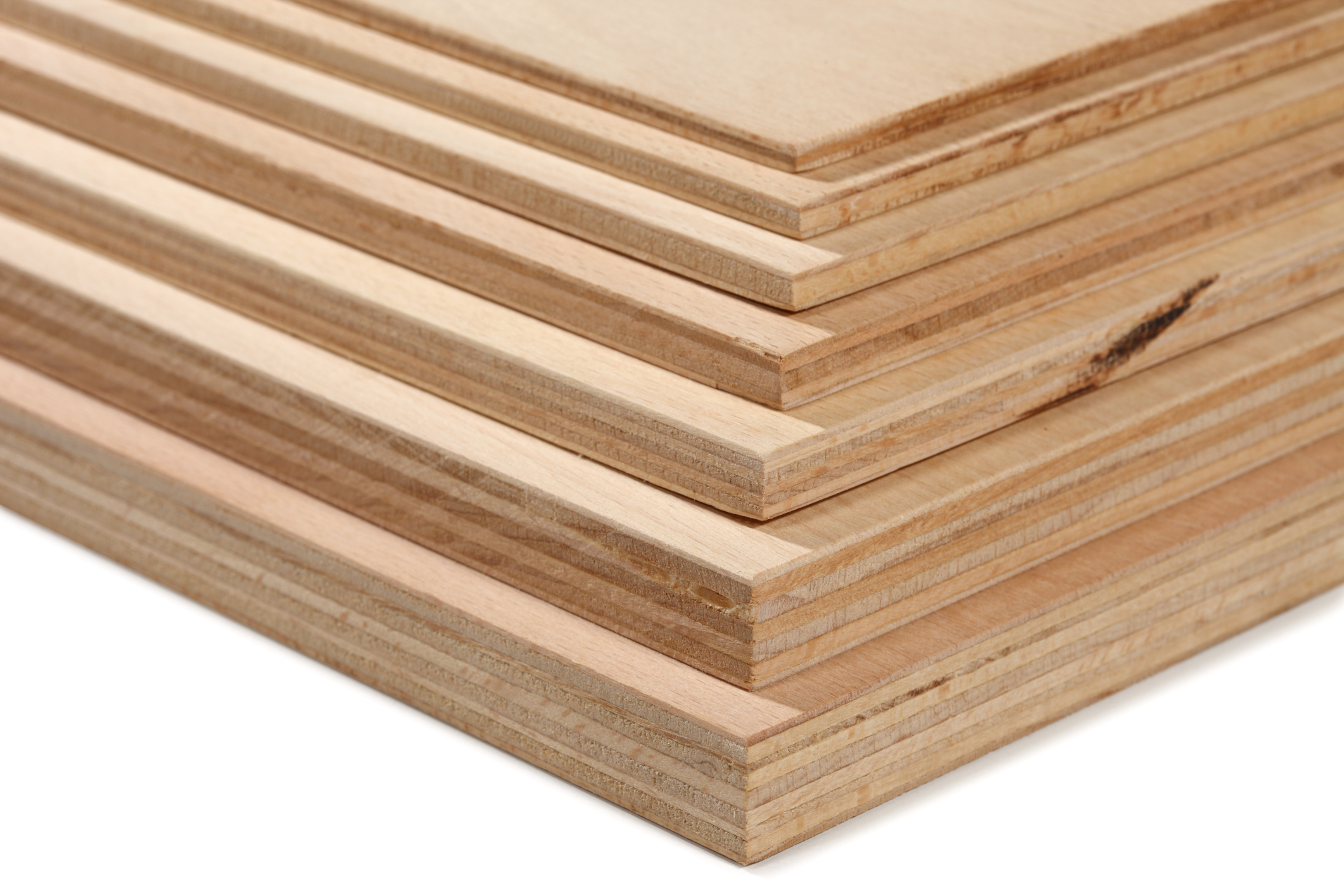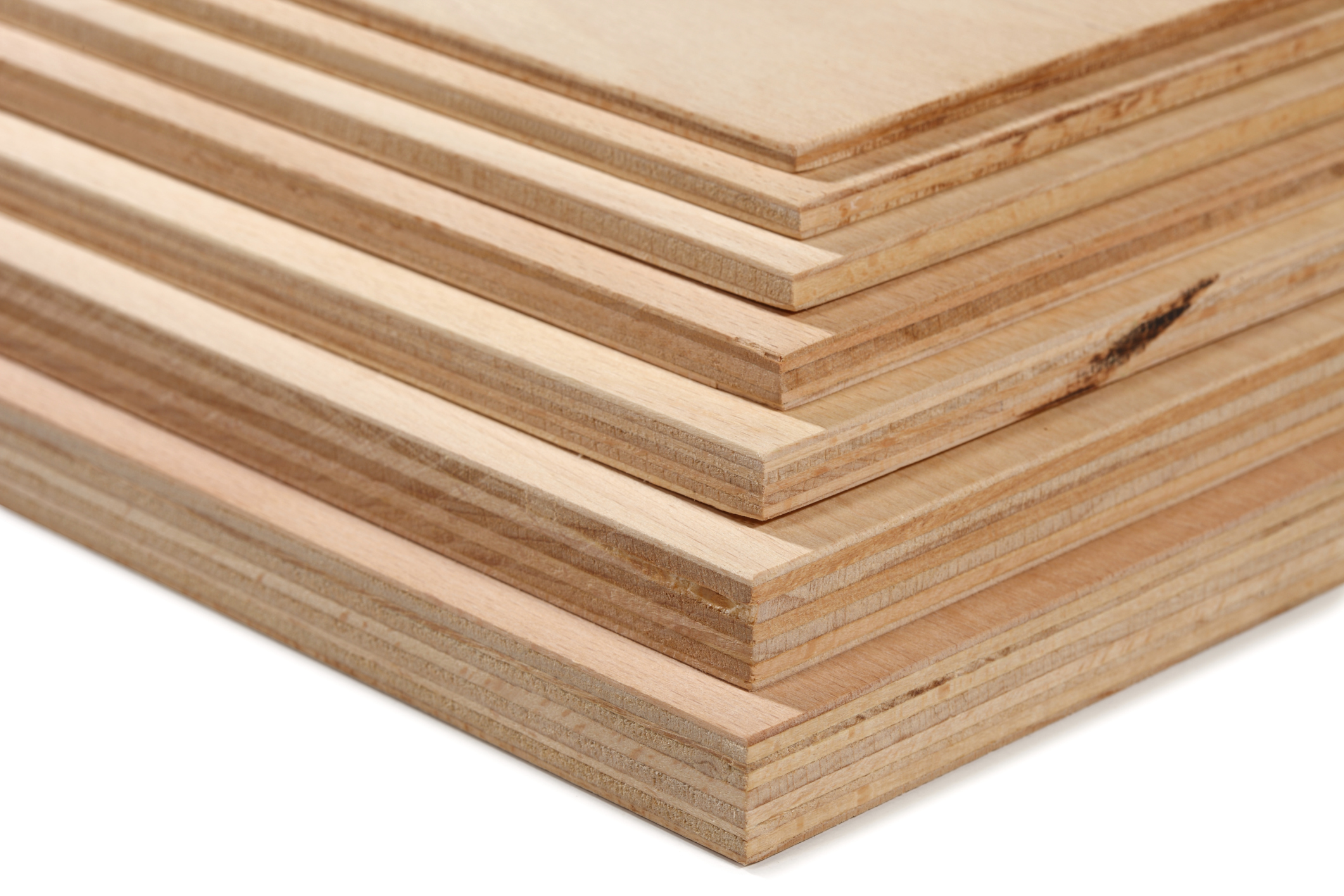Curious about the temperature limits of plywood? Wondering how much heat it can handle? Look no further! In this article, we’ll dive into the fascinating world of plywood and explore just how resilient it is when exposed to high temperatures. Whether you’re a DIY enthusiast or simply intrigued by the science behind wood, we’ve got you covered. So, let’s get started and find out what temperature plywood can actually withstand!
Plywood is a versatile material that finds its way into countless projects, from furniture to construction. But have you ever wondered how it holds up under extreme heat? Well, you’re in luck! We’re here to shed some light on this interesting topic and give you the lowdown on what temperature plywood can handle.
From outdoor structures to kitchen cabinets, plywood is used in a wide range of applications. But when it comes to heat resistance, does plywood have any limitations? Let’s explore the fascinating world of wood and discover how it reacts to different temperatures. By the end of this article, you’ll have a solid understanding of what temperature plywood can endure. So, let’s jump right in and uncover the secrets of this remarkable material!

What Temperature Can Plywood Withstand? Exploring the Heat Tolerance of Plywood
Plywood is a versatile building material that is widely used in construction, furniture making, and other applications. While it is known for its strength and durability, many people are curious about its ability to withstand high temperatures. In this article, we will explore the temperature limits of plywood, its behavior under heat, and tips for using it in hot environments.
The Composition of Plywood and its Reaction to Heat
Plywood is a composite material made up of several layers of wood veneer glued together. The glue used in the manufacturing process plays a crucial role in determining the heat resistance of plywood. The most commonly used glue in plywood production is phenol formaldehyde, which is known for its high resistance to heat. This type of glue ensures that plywood retains its structural integrity even when exposed to elevated temperatures.
When plywood is subjected to heat, its behavior depends on multiple factors, including the thickness of the plywood, the species of wood used, and the duration and intensity of the heat source. Generally, plywood can withstand temperatures up to 200 degrees Fahrenheit (93 degrees Celsius) without significant damage. Beyond this temperature, the wood fibers may start to degrade, and the plywood may lose its strength and structural integrity.
Factors Affecting Plywood’s Heat Tolerance
While plywood has a general heat tolerance range, several factors can affect its ability to withstand high temperatures:
1) Plywood Grade: The grade or quality of plywood can influence its heat resistance. Higher grades of plywood, such as marine-grade plywood, are often more heat resistant due to their superior construction and gluing methods.
2) Moisture Content: Plywood with high moisture content is more susceptible to damage from heat. Moisture can cause the wood fibers to expand and weaken, making the plywood more vulnerable to heat-related issues.
3) Exposure Duration: The duration of exposure to high temperatures also affects plywood’s heat tolerance. Short-term exposure to heat may cause minimal damage, while prolonged exposure can lead to significant deterioration.
4) Surrounding Environment: The ambient temperature and humidity levels in the environment where plywood is installed can impact its heat tolerance. Extreme temperature variations or high humidity can accelerate the breakdown of the wood fibers and compromise the plywood’s integrity.
Tips for Using Plywood in Hot Environments
If you are planning to use plywood in hot environments or applications where it may be exposed to high temperatures, consider the following tips:
1) Choose the Right Grade: Opt for a higher-grade plywood, such as marine-grade or exterior-grade plywood, which is designed to withstand moisture and heat better than lower grades.
2) Proper Installation: Ensure that the plywood is properly installed in a way that minimizes heat transfer. Use adequate spacing between panels and leave room for expansion and contraction due to temperature changes.
3) Surface Protection: Apply a protective coating or finish to the plywood surface to shield it from direct sunlight and heat exposure. This helps to reduce the risk of warping, splitting, and other heat-related damage.
4) Adequate Ventilation: Provide proper ventilation in areas where plywood is installed, especially in enclosed spaces. Good airflow can help dissipate heat and prevent moisture buildup, which can further damage the plywood.
5) Regular Maintenance: Regularly inspect the plywood for signs of heat-related damage, such as warping, delamination, or discoloration. Address any issues promptly to prevent further deterioration.
In summary, while plywood has a moderate heat tolerance, it is essential to consider its limitations when using it in high-temperature environments. By selecting the appropriate grade, taking proper installation precautions, and providing adequate maintenance, you can ensure that plywood performs well and maintains its structural integrity even under challenging heat conditions.
Key Takeaways: What Temperature Can Plywood Withstand?
- Plywood can generally withstand temperatures between -30°F and 200°F.
- Extreme heat above 200°F can cause plywood to warp, delaminate, or even catch fire.
- Extreme cold below -30°F can make plywood brittle and more prone to cracking.
- Beyond temperature, humidity levels can also affect the performance of plywood.
- It’s important to consider the specific application and environmental conditions when using plywood.
Frequently Asked Questions
Welcome to our FAQ section where we answer some common inquiries about the temperature resistance of plywood. Read on to learn more about what temperatures plywood can withstand!
Q: Can plywood withstand high temperatures?
A: Plywood is a versatile material that can withstand moderate temperatures, but it has its limits. The exact temperature at which it begins to degrade can vary depending on the type of plywood and its adhesive. Generally, plywood can withstand temperatures up to 150 degrees Fahrenheit (65 degrees Celsius) without significant damage. However, continuous exposure to high temperatures can cause the wood layers to separate or the adhesive to weaken, reducing its structural integrity.
If you require plywood for applications where high temperatures are involved, it’s important to consider special types of plywood that are specifically designed for heat resistance. These heat-resistant plywood options are often treated with special chemicals or made from different materials, allowing them to withstand higher temperatures than standard plywood.
Q: Can plywood be used near sources of heat like fireplaces?
A: Plywood is generally not recommended for use near direct sources of heat, such as fireplaces or wood-burning stoves. Excessive heat exposure can cause the wood to dry out and warp, leading to potential structural issues. Instead, it is advisable to use fire-resistant materials, like fire-rated drywall, in areas where direct heat is present.
If using plywood in close proximity to a heat source is unavoidable, there are a few precautions you can take. First, ensure that the plywood is properly sealed with an appropriate fire-resistant sealant or coating. Additionally, maintaining a safe distance between the heat source and the plywood can help minimize the risk of heat-related damage. It’s always best to consult with a professional or follow the manufacturer’s guidelines for specific advice on using plywood near heat sources.
Q: Can plywood be used in humid or wet environments?
A: Plywood is not inherently waterproof, so it is not recommended for use in consistently wet or highly humid environments without proper protection. Moisture can cause plywood to swell, warp, or even rot over time. To make plywood suitable for wet or humid areas, it’s essential to apply an appropriate sealant or finish to repel moisture.
Additionally, using marine-grade plywood, which is specifically designed to withstand exposure to moisture, is recommended for applications like boats, outdoor furniture, or bathroom fixtures. Marine-grade plywood is treated with special chemicals to enhance its resistance to water and humidity, making it more durable and less prone to damage.
Q: Can I use plywood as a countertop material?
A: While plywood can certainly be used as a countertop material, it requires proper treatment and protection to withstand the demands of daily use. Plywood countertops are commonly used in a variety of settings, including kitchens and workspaces, due to their affordability and versatility.
To make plywood suitable for use as a countertop, it is crucial to seal it with a food-grade finish or sealant that is resistant to moisture, stains, and scratches. This protective layer will help prevent water damage, staining, and enhance the durability of the plywood. It’s also advisable to regularly maintain and reapply the sealant as needed to ensure the longevity of the countertop.
Q: Can plywood be used outdoors?
A: Yes, plywood can be used outdoors, but it requires proper protection and treatment to withstand exposure to the elements. Untreated plywood is susceptible to water damage, rotting, and warping when exposed to rain, snow, or direct sunlight. To make plywood suitable for outdoor use, it should be treated with an exterior-grade sealant or finish that provides protection against moisture and UV rays.
Using pressure-treated plywood is another option for outdoor applications, as this type of plywood is infused with chemicals that offer enhanced resistance to rot, decay, and insect damage. When using plywood outdoors, it is important to take into account the specific environmental conditions, consider the appropriate treatment, and regularly maintain the protective coating for long-lasting performance.

what temperature range the plastic formwork can withstand
Summary
Plywood can handle temperatures up to 150 degrees Fahrenheit without significant damage. However, high temperatures can cause warping and delamination if they are maintained for too long. It is important to protect plywood from excessive heat to maintain its structural integrity.
To prevent damage, avoid exposing plywood to direct heat sources like stoves or heaters. Use insulation and ventilation to regulate temperature and humidity levels around plywood. Remember, taking proper care of plywood can help it last longer and stay in good condition.
